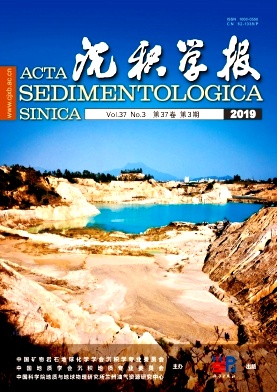Detrital Garnet Geochemistry-based Provenance Analysis and Interpretation: The effect of grain size
doi: 10.14027/j.issn.1000-0550.2018.161
- Received Date: 2018-06-06
- Rev Recd Date: 2018-08-16
- Publish Date: 2019-06-10
-
Key words:
- garnet /
- geochemistry /
- provenance analysis /
- grain size
Abstract: Single mineral geochemistry is an important approach for sedimentary provenance analysis and is widely used. Whether grain size compositions of clastic minerals (i.e., hydrodynamic sorting process) affect sedimentary provenance interpretation is not yet clear, and not enough attention has been given to this issue. In this paper, 680 detrital garnets (0.068-0.557 mm) from the Tertiary sedimentary rocks in the northern Qaidam basin were studied, and the provenance of the detrital garnets with different grain sizes was interpreted based on major element geochemical data. Fe2+ and Mn2+ contents are higher when the grain size of the garnet is between 0.063 mm and 0.125 mm, so the result of sedimentary provenance interpretation is more likely to be from the metamorphism of lower-level amphibolite facies. In the other grains, Ca2+ and Mg2+ contents are higher, and the resulting explanation of provenance is the broad result of low-grade metamorphic facies, intermediate-acidic igneous rocks and eclogite, etc. Different geochemical compositions caused by the difference of grain size of the clastic garnet show the grain size of the detrital garnets, which will affect the geochemistry-based provenance interpretation. Therefore, in the case of single mineral geochemistry-based provenance analysis, concentrating on detrital minerals with certain grain size compositions (0.063-0.125 mm or 0.125-0.25 mm) can eliminate the influence of the hydrodynamic sorting process and help obtain more accurate provenance interpretation results.e
| Citation: | HUANG Xin, JIAN Xing, ZHANG Wei, HONG DongMing, GUAN Ping, DU JinXue, ZHANG PengFei. Detrital Garnet Geochemistry-based Provenance Analysis and Interpretation: The effect of grain size[J]. Acta Sedimentologica Sinica, 2019, 37(3): 511-518. doi: 10.14027/j.issn.1000-0550.2018.161 |






 DownLoad:
DownLoad: